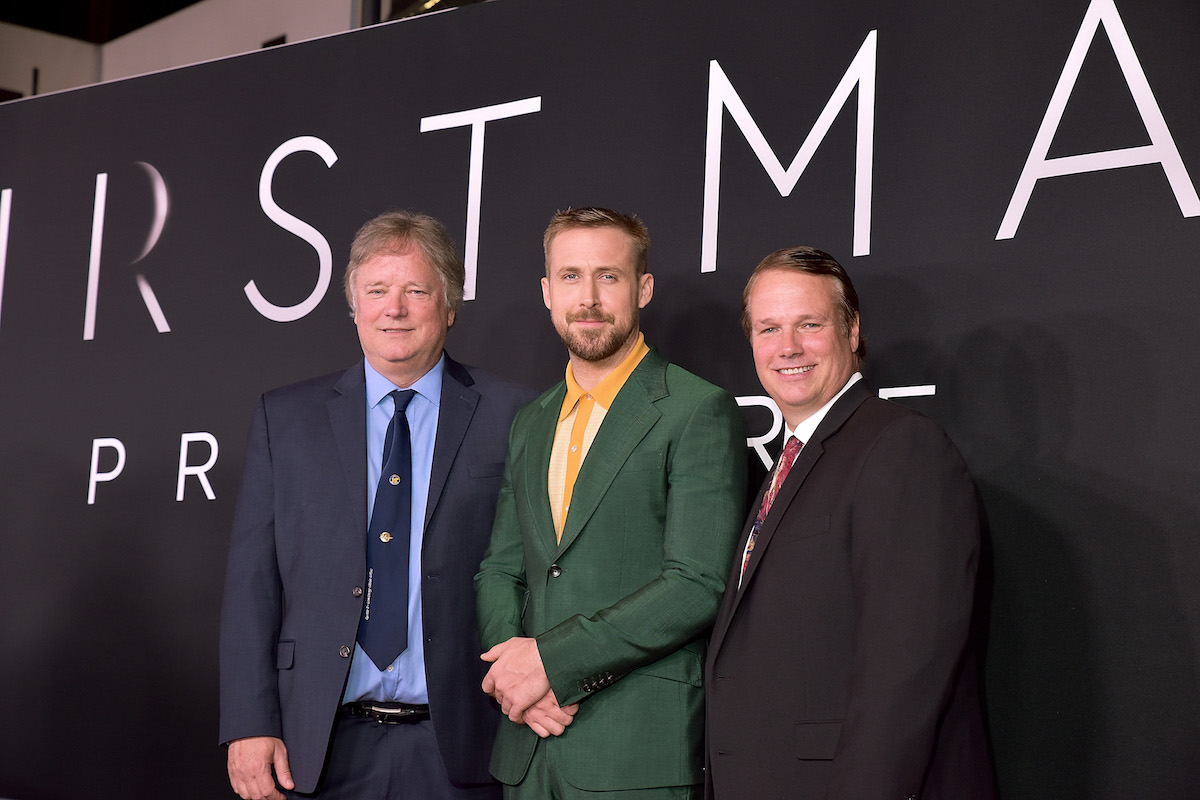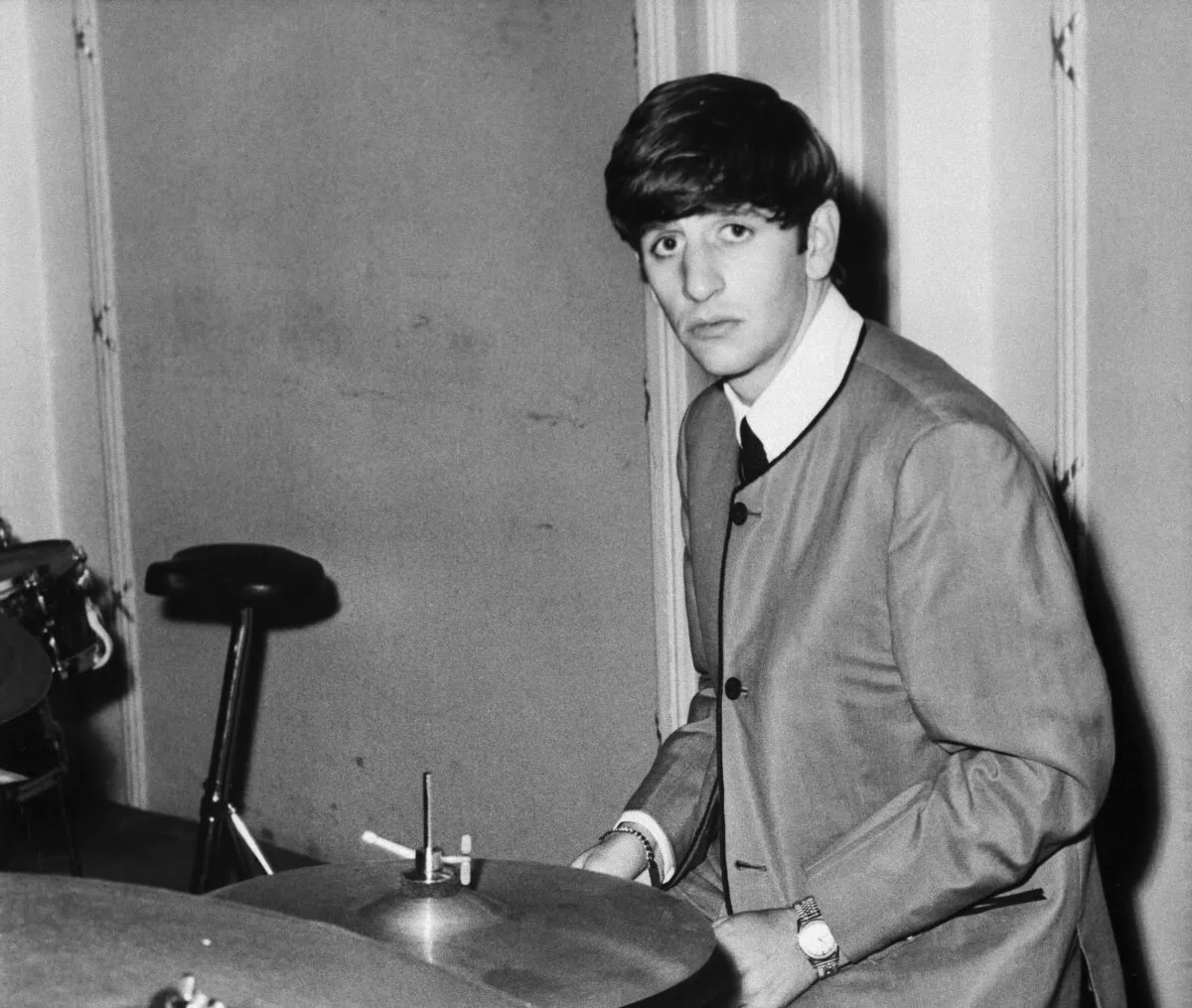
‘First Man’ Missed the Mark With the Tone, Astronaut Chris Hadfield Explains
Biographical movies often try to stick to the original narrative, given that they tell a real-life story. Although some directors take some liberties with the stories, many end up telling the story almost first-hand.
Astronaut Chris Hadfield explained that First Man, the story behind the first manned mission to the moon, missed the mark with the tone.
‘First Man’ tells the story of Neil Armstrong
First Man follows the real-life story of Neil Armstrong, the first man to ever walk on the moon. The movie recounts Armstrong’s work with NASA as the organization seeks to reach the moon by the end of the ’60s. NASA plans several extremely dangerous missions in the early ’60s, and Armstrong joins the space program.
He spends years in training and risks his life severally during test flights. The movie also follows Armstrong’s journey through grief as he loses his daughter and friends in succession. On July 16, 1969, Armstrong and fellow astronauts, Michael Collins and Buzz Aldrin, set off on the historic Apollo 11 spaceflight.
The movie starred Ryan Gosling as Armstrong and Claire Foy as the astronaut’s wife, Janet; Corey Stoll played Aldrin, and Lukas Haas played Collins. The film was a critical success but was considered a box office flop, having earned $105 million.

First Man also faced criticism for not depicting the flag’s planting on the lunar surface, with many, including the then-president, citing a lack of patriotism. Still, First Man received several awards and nominations, including two Golden Globe nominations, 10 Critics Choice Awards nods, seven British Academy Film Award nods, and four Oscar nods.
Astronaut Chris Hadfield pointed out the many errors in ‘First Man’
First Man might be a biographical film, but the movie doesn’t stay true to real-life events. Astronaut Hadfield reviewed the space scene in First Man with Vanity Fair and said he was disappointed by the film.
Hadfield pointed out several plot issues with the movie, noting that First Man‘s biggest problem was the sound. He pointed out the opening scene where Gosling’s Armstrong flies an X-15 saying, “It’s sort of like he’s in a pickup truck driving across a field with this big whiny noise that tells you just how fast he’s going.”
Hadfield continued, “You can hear it sort of going up and down like maybe there’s a big piston engine running nearby.” Hadfield noted that the scene was “completely wrong,” saying it’s impossible to hear such noises while in the cockpit.
The astronaut pointed out that in real life, the pilot would be in a bullet plane with a rocket motor on the back of the shuttle. So, the vibrations would be almost undetectable. Hadfield also noted that, at 45,000 feet (as seen in the scene), it would be impossible to move in and out of the clouds as there are no clouds at that level.
Hadfield also pointed out that First Man didn’t accurately portray the sky color change. He said, “The sky goes from a normal blue to this light blue. That’s the opposite of what happens.” Hadfield noted that since there’s less air as one goes up, the sky eventually changes to black.
Chris Hadfield said ‘First Man’ missed the mark with the tone
Hadfield also pointed out that he was upset by the astronaut’s mood. He said, “What disappointed me most about First Man was how sad everybody was. Everybody inside was glum.” Hadfield noted that in his experience, space flight is usually a joyous and magical occasion.
“These guys were going to the moon. They had a lot of responsibility but where is the spark of joy that is there in every second of the time that you’re onboard a spaceship?” Hadfield questioned.


